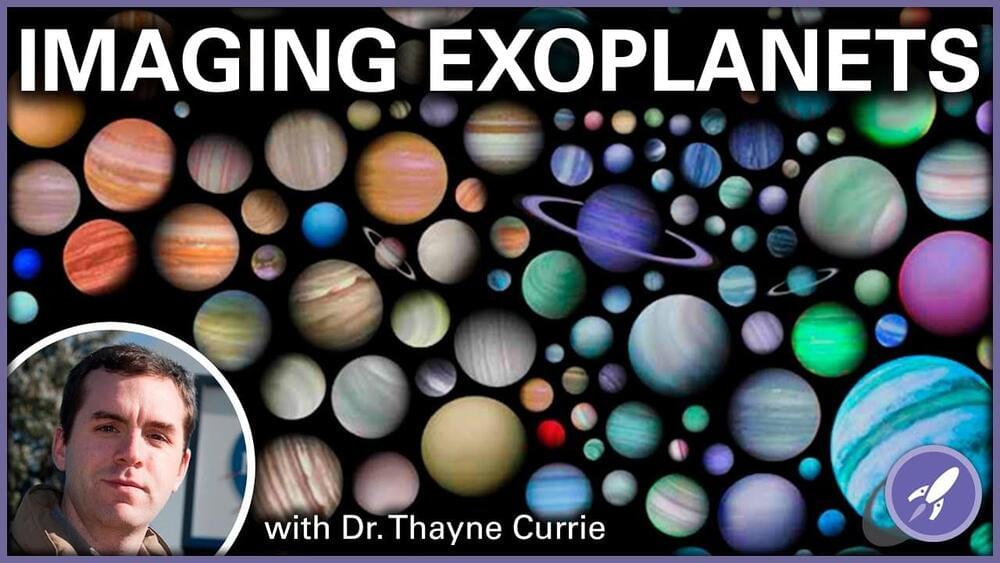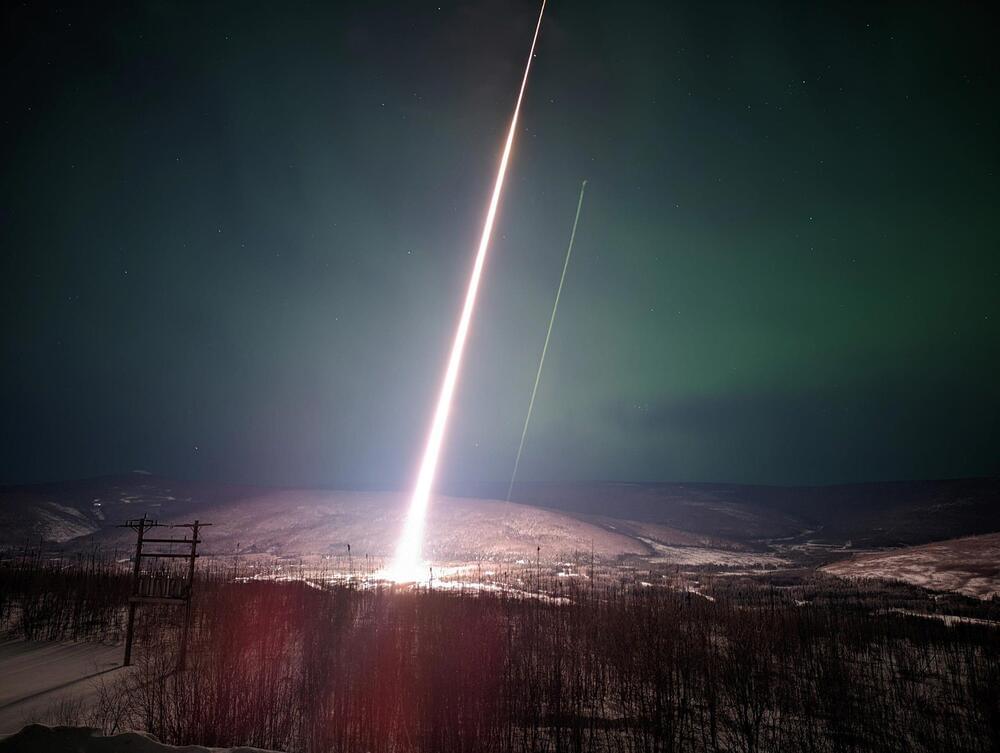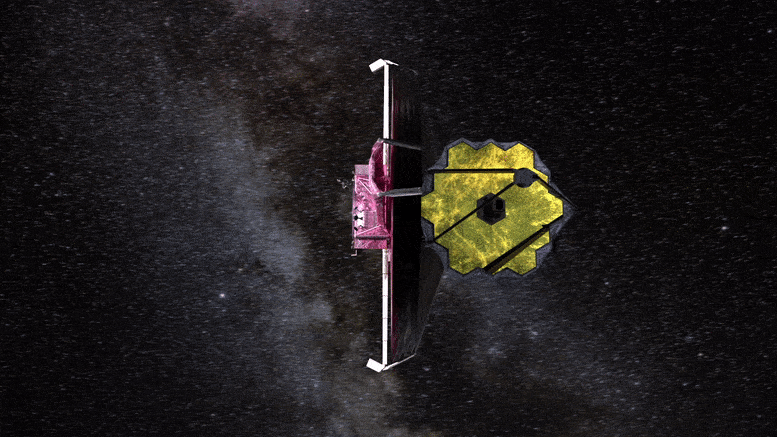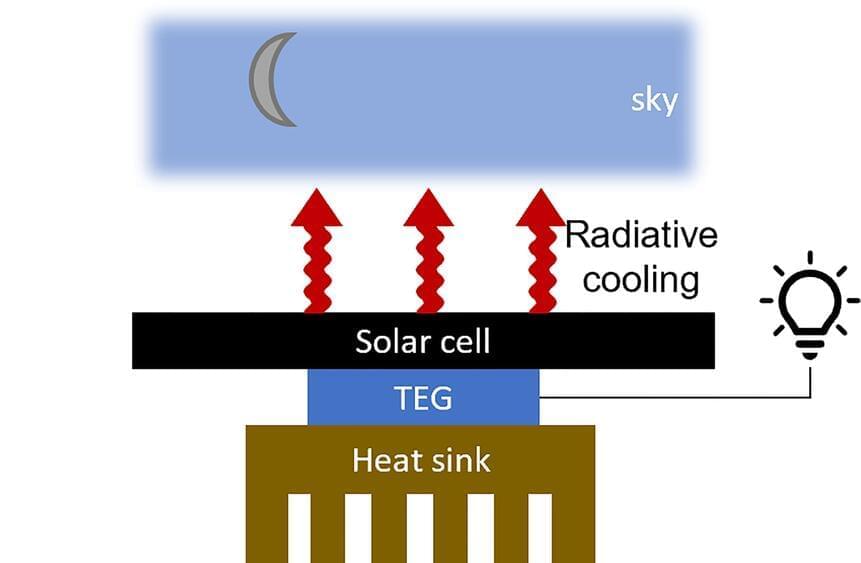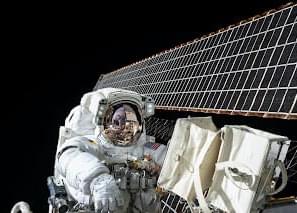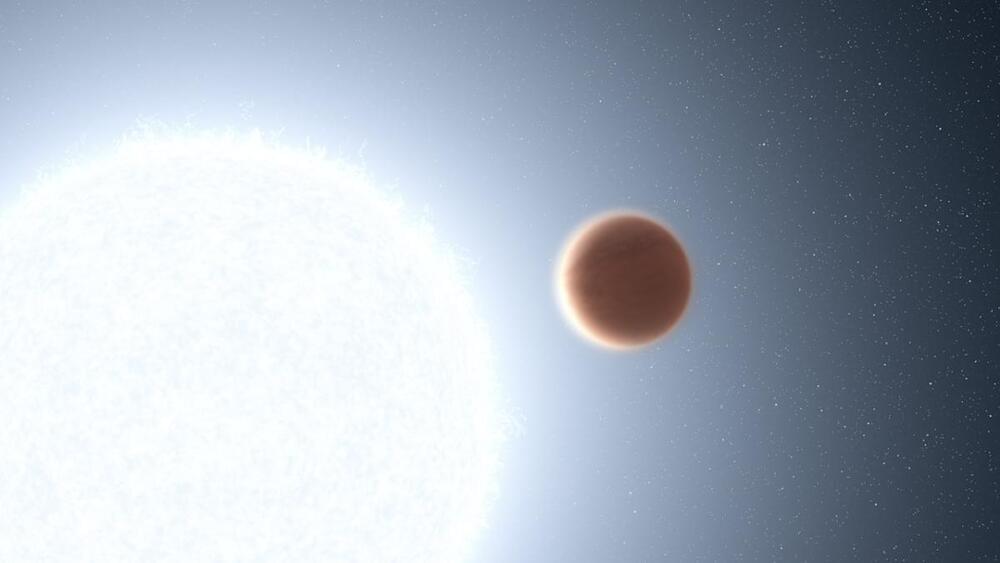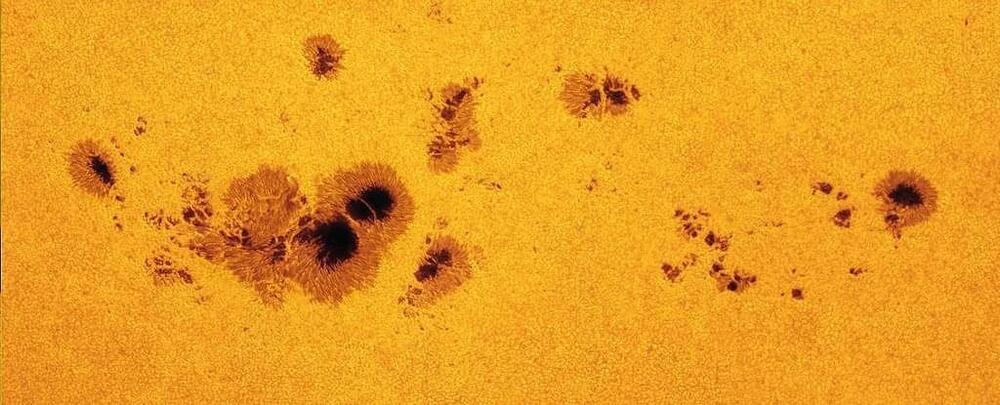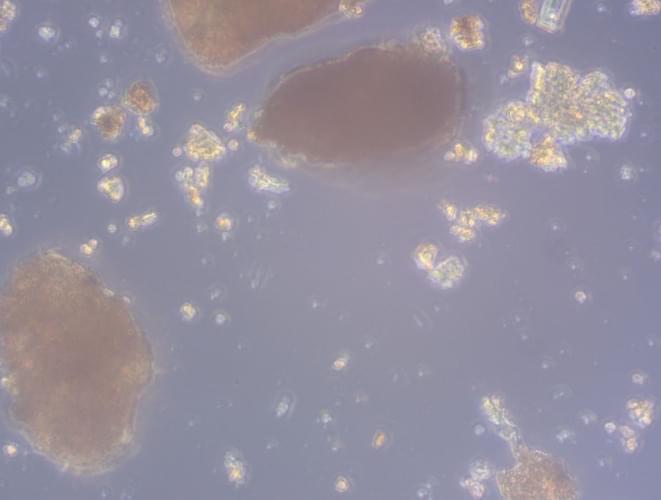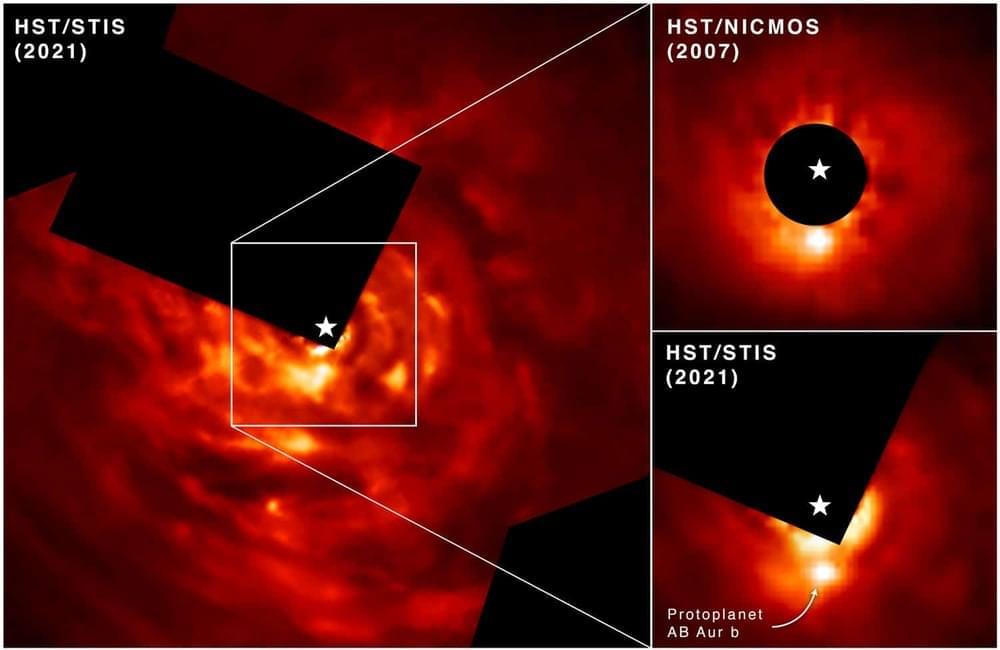Apr 11, 2022
Directly Imaging Exoplanets with Dr. Thayne Currie
Posted by Alan Jurisson in category: space
My guest today is Dr. Thayne Currie, an astrophysicist at NASA-Ames Research Center and the Subaru Telescope. Dr. Currie was part of a team that directly imaged a newly-forming planet, providing evidence of another way large planets can form, and could have formed here in the Solar System.
https://subarutelescope.org/staff/currie/
Continue reading “Directly Imaging Exoplanets with Dr. Thayne Currie” »
